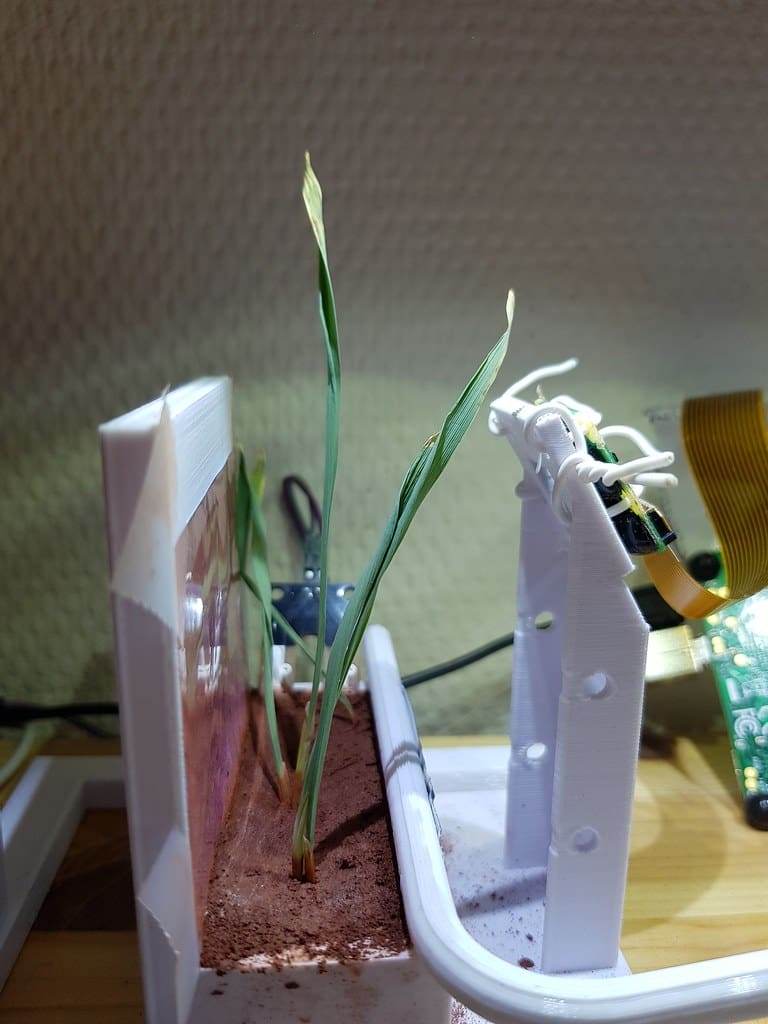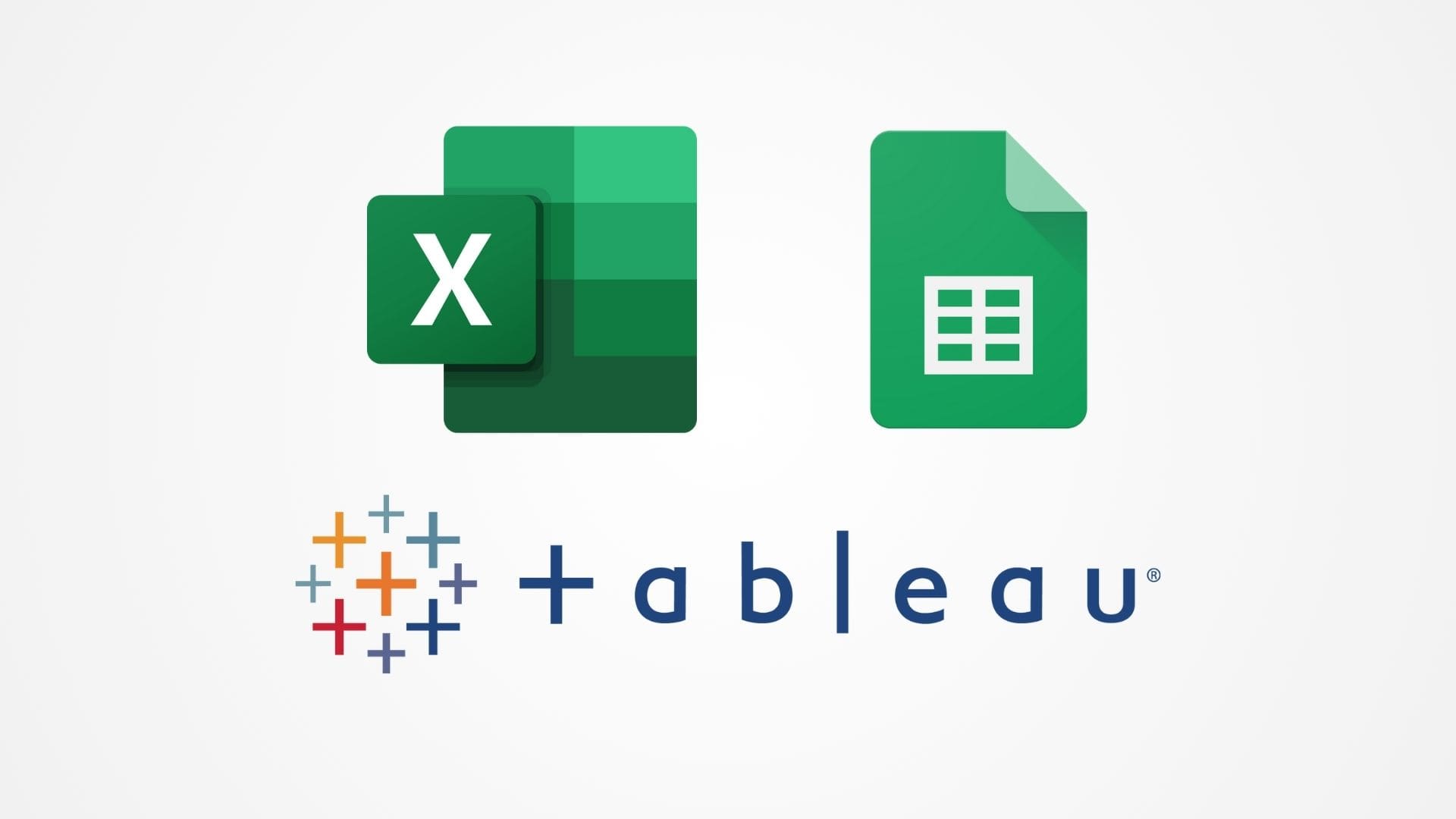Agricultural engineering is evolving rapidly, integrating new technologies to meet the demands of modern farming practices. One such transformative technology is 3D printing, or additive manufacturing, which is revolutionizing the way agricultural equipment is designed, produced, and maintained. From optimizing machinery components to creating custom tools and enhancing on-farm innovation, 3D printing offers significant benefits that help improve efficiency, reduce costs, and promote sustainability in agriculture.
The Emergence of 3D Printing in Agricultural Engineering
Initially used primarily for prototyping in various industries, 3D printing has broadened its applications to include the production of functional, durable components suitable for agricultural settings. This expansion is fueled by advancements in 3D printing technologies and materials capable of withstanding the harsh, variable conditions typical of farming environments. Today, agricultural engineers and farmers are increasingly turning to 3D printing to solve unique mechanical challenges, tailor machinery to specific tasks, and reduce the environmental impact of traditional manufacturing processes.

Advantages of 3D Printing in Agricultural Engineering
Customization and Flexibility: 3D printing allows for the creation of parts and tools customized to the specific needs of a farm or agricultural operation. This adaptability is crucial for addressing unique environmental challenges, crop types, or farming techniques.
Rapid Prototyping and Innovation: With 3D printing, agricultural engineers can quickly develop and test new ideas, from specialized planting tools to irrigation components. This rapid prototyping accelerates innovation and the adoption of new technologies in agriculture.
Reduction in Material Waste: Additive manufacturing processes generate minimal waste, as they only use the material necessary to build a part. This efficiency not only reduces the cost of materials but also aligns with sustainable farming practices by minimizing the ecological footprint.
Improved Repair and Maintenance: 3D printing offers significant advantages for the maintenance and repair of agricultural machinery. Parts can be produced on-demand at the farm site, reducing downtime and eliminating the need for large inventories of spare parts.
Key Applications of 3D Printing in Agricultural Engineering
Machinery Components: Critical components of farm machinery, such as gear parts, connectors, and custom housings, can be 3D printed to enhance performance and durability. These parts are often designed to be more lightweight and efficient than their traditionally manufactured counterparts.
Custom Planting Tools: Tools tailored for specific crops or planting techniques can be developed using 3D printing, allowing for precision agriculture practices that increase yield and reduce resource consumption.
Irrigation Systems: 3D printing enables the creation of customized irrigation components that fit perfectly with existing systems or are adapted to specific terrain or crop requirements, improving water efficiency and supporting sustainable water management.
Protective Equipment and Structures: From custom protective covers for delicate machinery to structures that shield crops from pests or extreme weather, 3D printing can be used to produce a wide range of protective equipment quickly and cost-effectively.

Challenges in 3D Printing for Agricultural Engineering
Despite its growing popularity, the adoption of 3D printing in agricultural engineering faces several challenges:
Material Durability: Ensuring that 3D-printed materials can withstand the demanding conditions of agricultural environments—such as exposure to chemicals, UV light, and mechanical stress—is essential. The development of durable, long-lasting materials remains a focus of ongoing research.
Technological Accessibility: While 3D printing technology is becoming more affordable, the initial investment in high-quality printers and the training required to operate them can still be prohibitive for smaller farms or developing regions.
Scale and Efficiency: Scaling 3D printing for large or complex parts essential in modern farming machinery can be challenging and may require significant technological advancements to become viable.
Future Directions in 3D Printing for Agricultural Engineering
The future of 3D printing in agricultural engineering is promising, with ongoing advancements in printer technology, materials science, and digital modeling expected to address current limitations. As these innovations continue, 3D printing is likely to become an integral part of agricultural machinery manufacturing and maintenance, further enhancing the efficiency and sustainability of farming operations.
3D printing is poised to continue its transformative impact on agricultural engineering, offering innovative solutions that enhance the design, functionality, and sustainability of farming equipment. As the technology advances, it promises to play a crucial role in meeting the challenges of modern agriculture, driving forward the development of more efficient and environmentally friendly farming practices.








